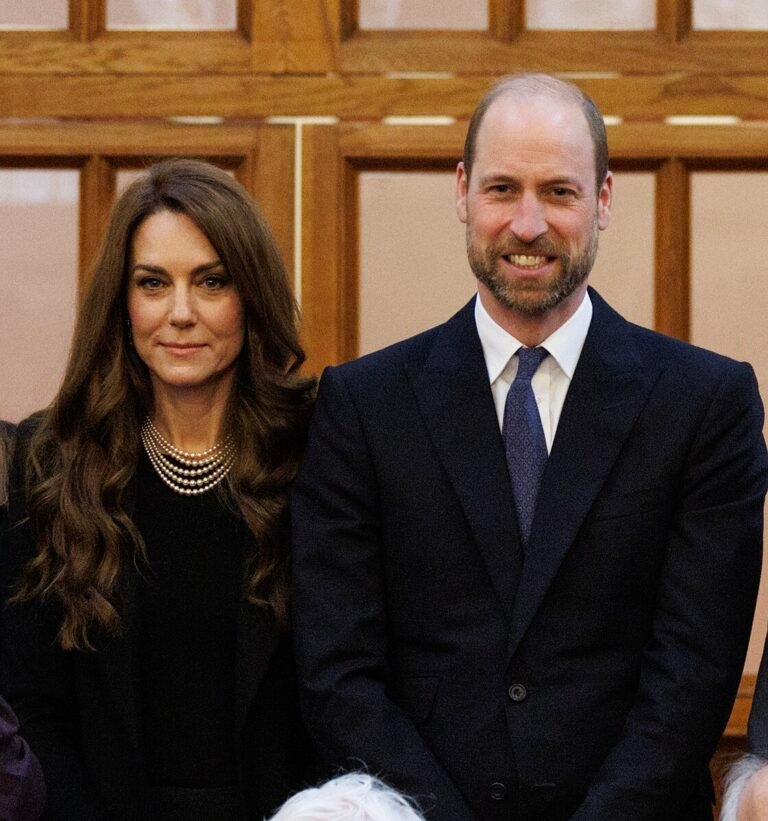The Union Health Ministry of India has emphasized the success of its immunization programs, countering media reports that suggest a high number of “zero dose children” — those who have not received any vaccines. These reports, which are based on UNICEF data, do not take into account the large population and high rate of immunization in the nation.

Immunization Coverage and Comparison
India’s immunization coverage for most antigens exceeds 90%, surpassing the global average. This places India on par with high-income countries such as:
- New Zealand: DTP-1 (93%)
- Germany and Finland: DPT-3 (91%)
- Sweden: MCV-1 (93%)
- Luxembourg: MCV-2 (90%)
- Ireland: PCV-3 (83%)
- United Kingdom: RotaC (90%)
Even with the Pneumococcal Conjugate Vaccine (PCV) at 83%, India’s coverage is significantly higher than the global figure of 65%. Notably, India has a dropout rate of only 2% for children who receive the first dose but not the third dose of DTP (Penta), compared to wider gaps in other countries.
Universal Immunization Programme (UIP)
India’s Universal Immunization Programme (UIP) is the largest public health initiative globally, targeting 2.6 crore children and 2.9 crore pregnant women annually through 1.2 crore vaccination sessions. The countrywide rate of Full Immunization Coverage for FY 2023–2024 is 93.23%.
Key Achievements
- Reduction in Under-5 Mortality Rate (U5MR): Declined from 45 per 1000 live births in 2014 to 32 per 1000 live births in 2020.
- Introduction of New Vaccines: Six new vaccines have been added under the UIP since 2014.
- Mission Indradhanush: Initiatives to reach zero dose and under-vaccinated children have resulted in a 34% reduction in zero dose children between 2014-2023. 5.46 crore youngsters and 1.32 crore pregnant women have received vaccinations over the course of 12 phases.
Challenges and Solutions
Data Quality and Programmatic Interventions
The accurate narrative of the government’s immunization efforts can be gauged through comprehensive understanding of data and programmatic interventions. India’s commitment to expanding and improving its immunization program is reflected in these statistics.
Addressing Zero Dose Children
The number of zero dose children in India accounts for only 0.11% of the total population. Initiatives like Mission Indradhanush have significantly reduced this number.
Sustaining High Coverage
India has maintained high levels of OPV and IPV coverage, successfully achieving 13 years of polio-free status since the last polio case in 2011.
Future Outlook
India’s immunization efforts have made significant strides in reducing child mortality and increasing vaccine coverage. The country’s commitment to expanding the UIP, introducing new vaccines, and implementing targeted initiatives ensures continuous improvement in public health outcomes. By addressing data quality, infrastructure limitations, and ensuring equitable access, India can further enhance the reach and effectiveness of its immunization programs.












